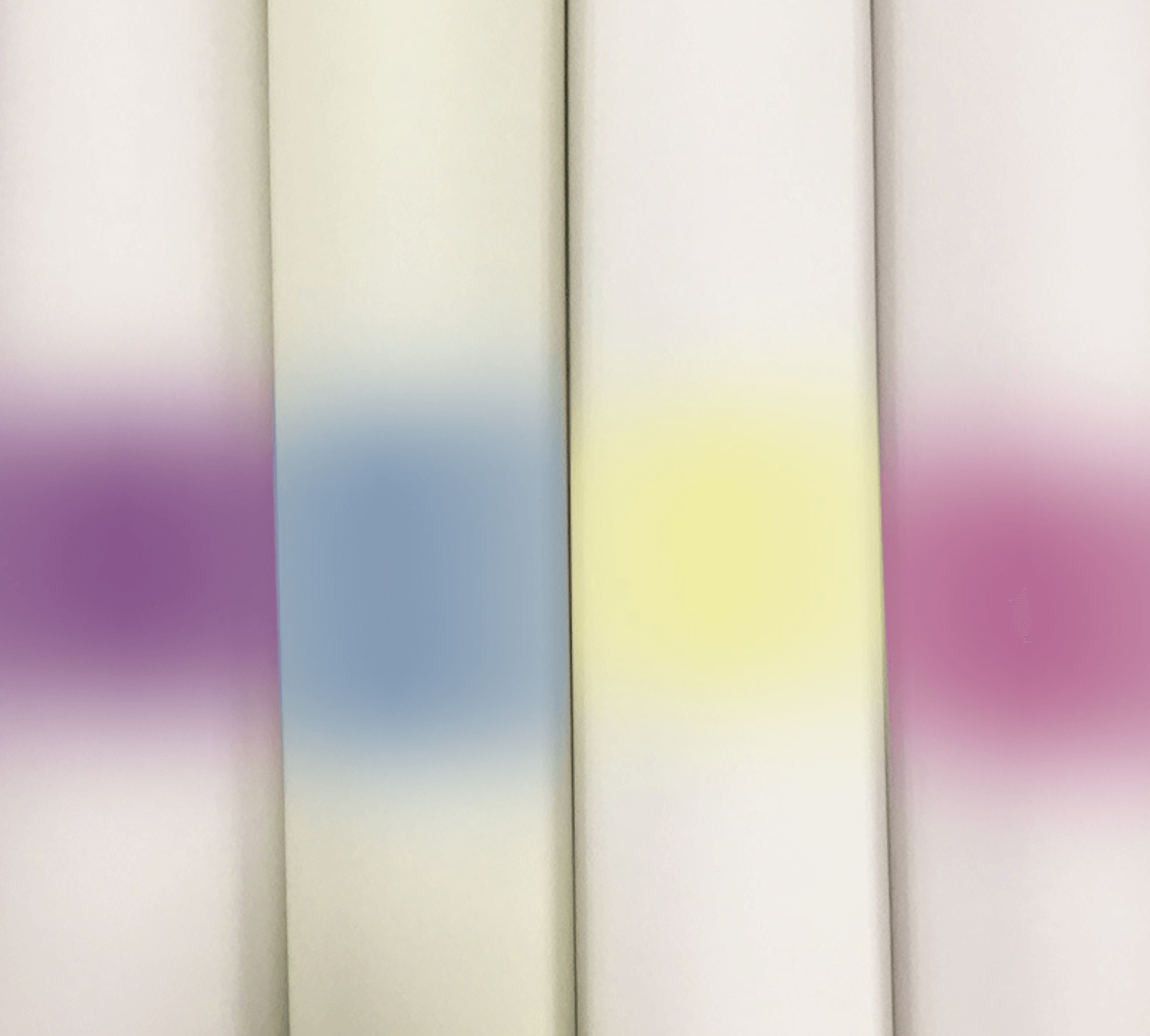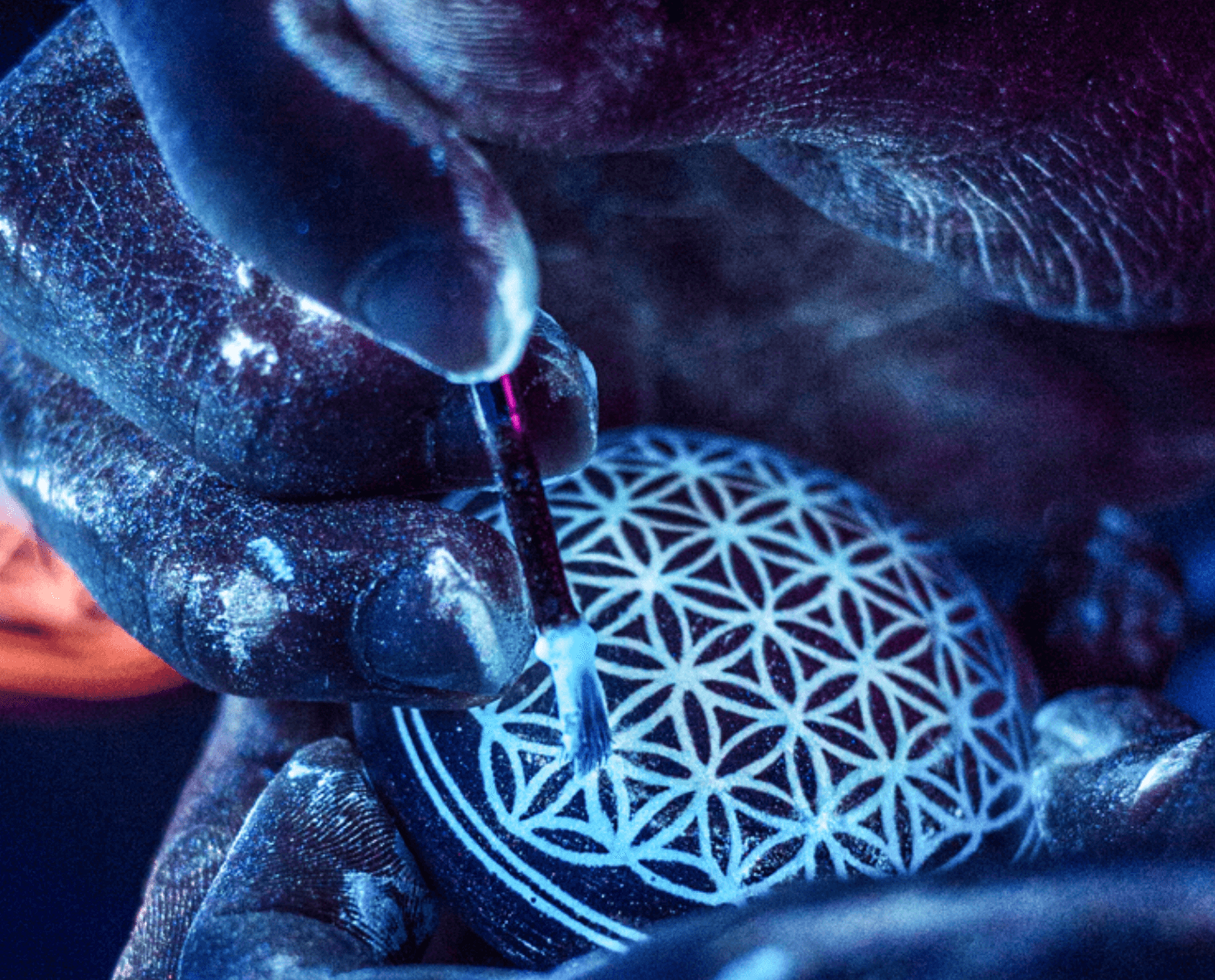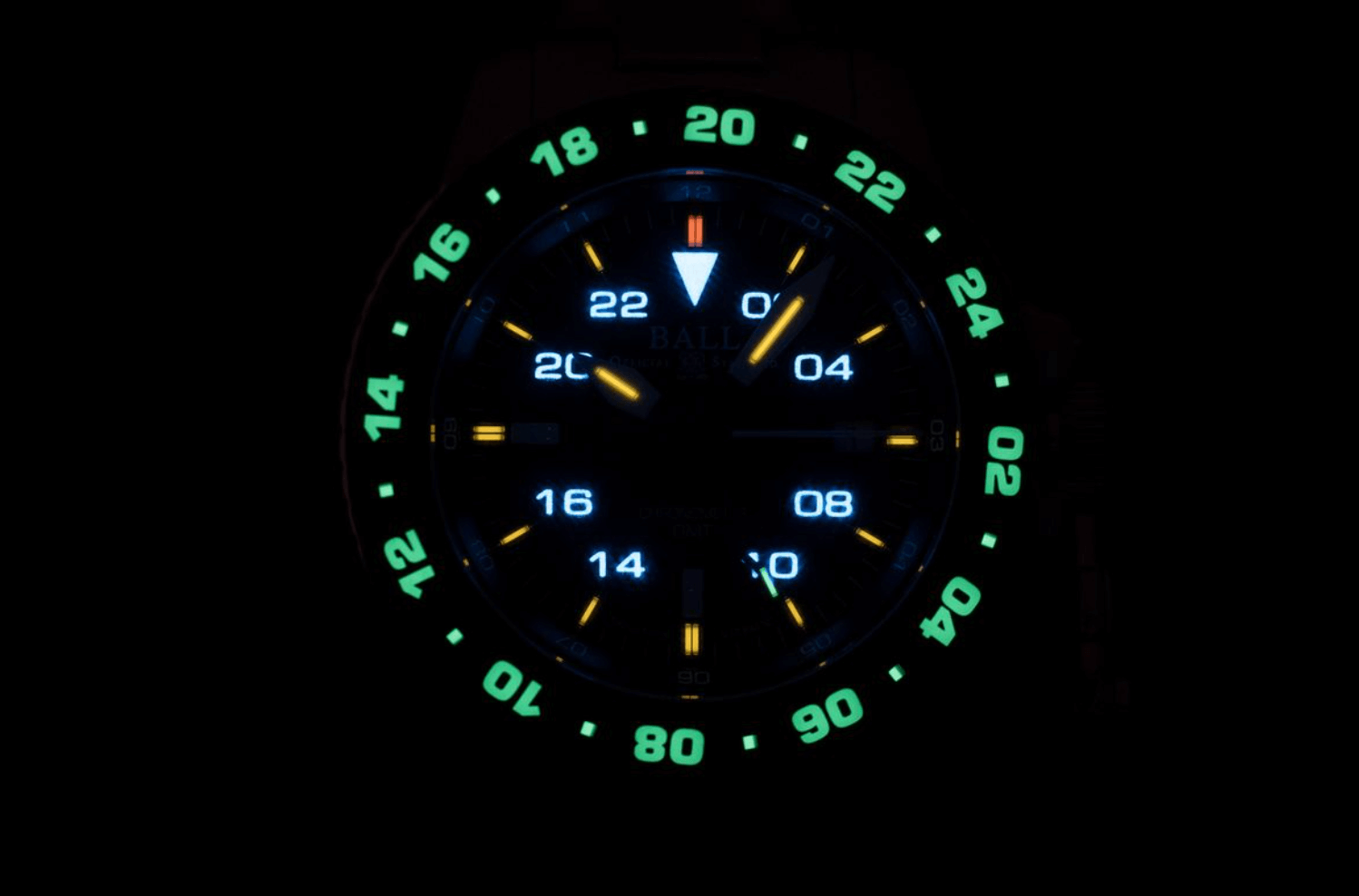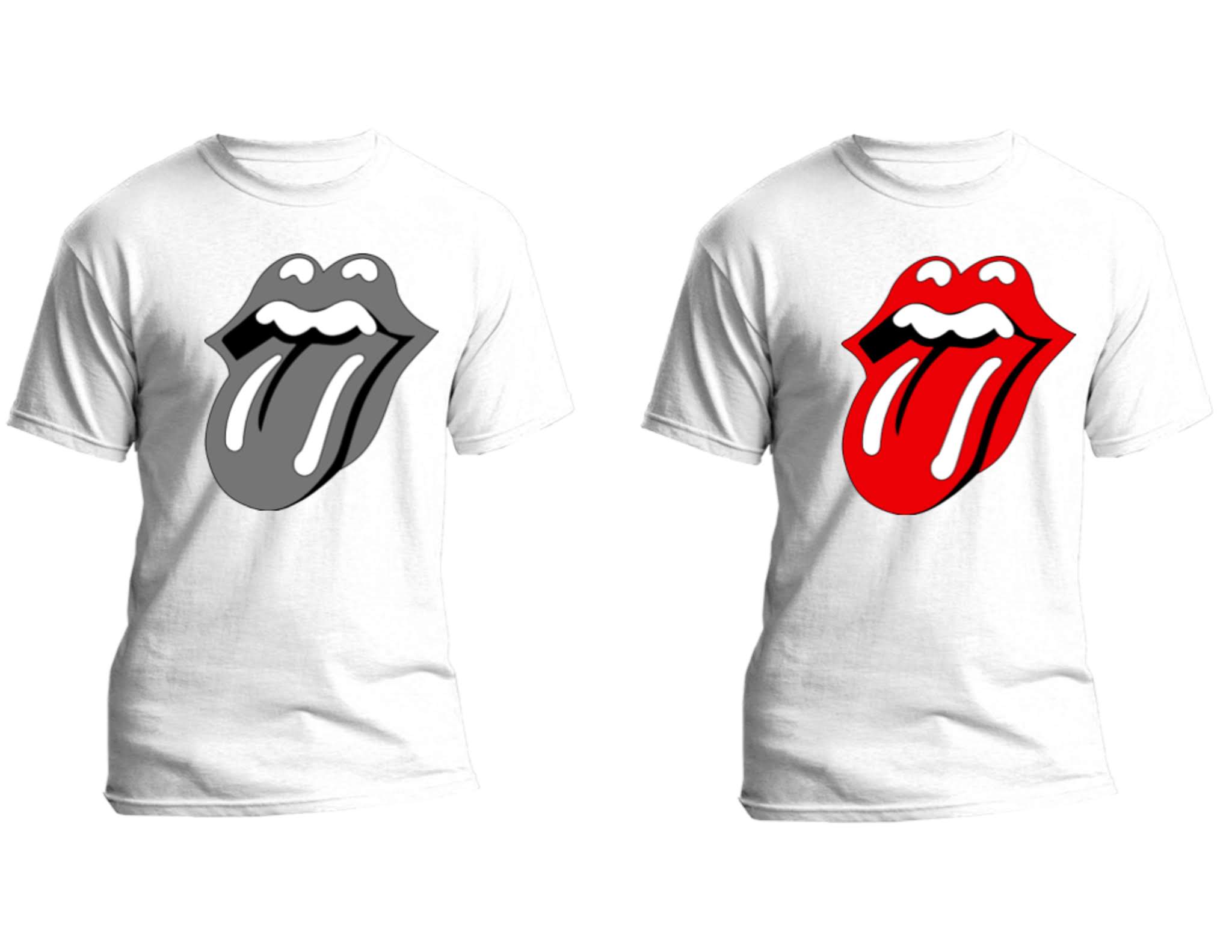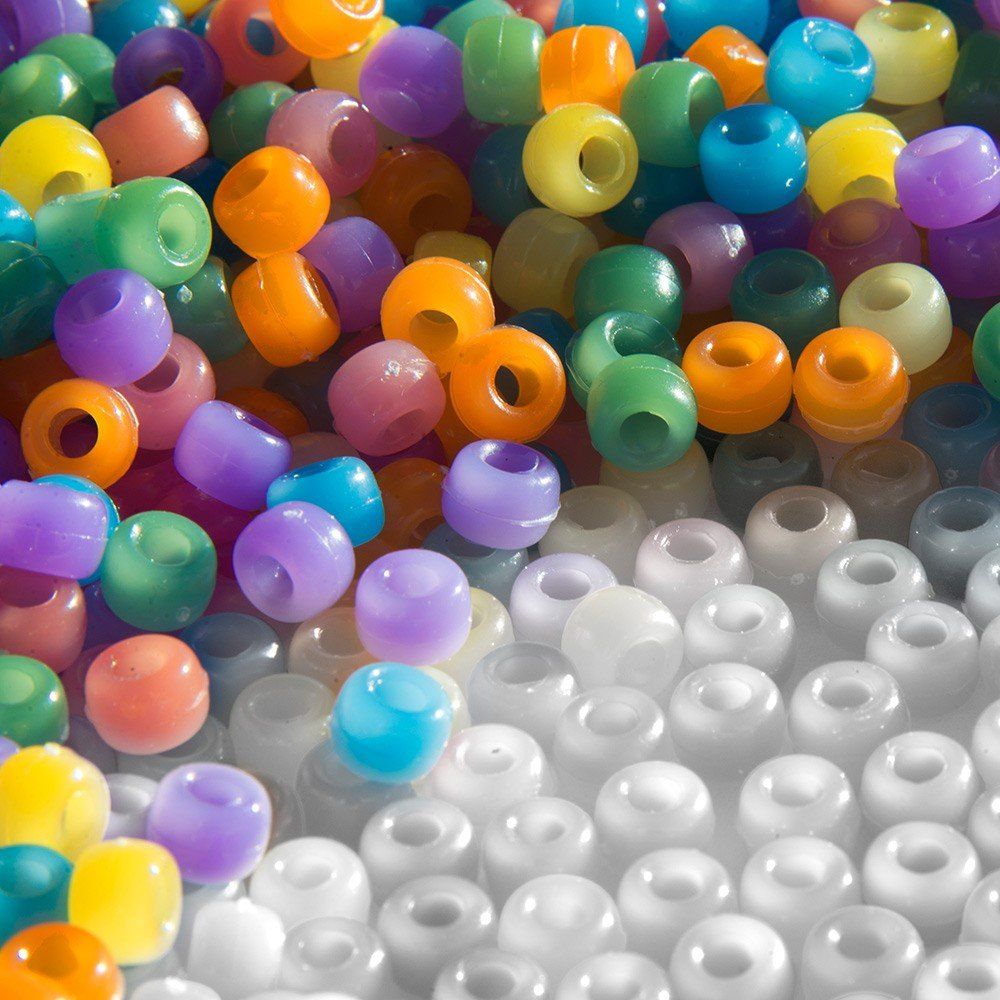
Photochromic Pigments Applications and Benefits
Chemicals so far have shown variant properties and reactions. They are one of the most versatile matters present on earth with exclusive usages. The photochromic pigment is also a type of material that is capable of changing its colour under certain situations. Photochromic pigment powder changes its colour when comes into contact with intense light or light’s spectral distribution. In other words, when photochromic powder comes into contact with sun rays or a specific level of UV light, it changes its colour to a darker version of the natural colour. The colour changes are certainly reversible and look nearly negligible if kept away from the UV radiations.
When such ink is exhibited in front of UV rays, then the process of conversion to a darker version becomes faster and the ink starts getting darkened. Usually, photochromic materials are unstable organic particles. These particles include chromenes, fulgides, spirobenzopyrans and diarylethenes. Other than this, biological photochromic material or the inorganic persist comparatively low level of efficiency.
Applications of Photochromic Pigments
The exclusive flexibility persisted by the photochromic powder makes it suitable to be applied to a variety of materials like glass, paper, wood, ceramics, metals, plastics, board and fabric. A wide range of applications is there for these products which include coatings, plastic injection moulding and printing. As an indicator of temperature, the colour is developed through the irradiation of ink with UV rays. After activation, depending upon the time, the photochromic colors come to a colourless state. The photochromatic pigment persists a photochromatic dye which is microencapsulated. A synthetic resin surrounds the dye to provide excess stability and security from other chemicals and additives.
Sunglasses & Lenses: Photochromic pigment is used in developing modern photochromic lenses made from polycarbonate. A special oven is used in which blank lenses are cautiously taken up a certain temperature. In this process, the layer absorbs the photochromic pigment powder. After this, the grounding process of lens takes place, keeping the requirements of optician’s prescriptions. When UV light appears on the lens, the shape of molecule or particles change their place on the surface layer of the lens. The appearance of the lens darkens as the natural light becomes brighter.
Packaging: The additives are applied during the process of manufacturing plastics and coating. These photochromic materials are used for smart labels, indicators, packaging materials and displays during the packaging process. Companies have found the application of photochromic colours over the paper, pressure-sensitive matters, film in food packaging.
Other than this, a photochromic ink is been developed by Printpack which is a packaging converter. This ink is hidden on the packaging graphics of eatables like cheese, beverages, dairy and other snacks. This ink is visible when UV rays are exposed in front of it.
Colour Changing Nail Lacquer: Recently nail varnish are available in the market which changes its shades as per the intensity of UV radiations exposed on it. The photochromic colour technology is been implied on it.
Textile: Photochromic pigments can be implied in a wide range of textile products. They can be the daily wear clothing or something out of the box like medical textile, sports textile, geotextile and protective textile.
Other Uses: Usually, novelty items are created using photochromic pigments like cosmetics, toys and some more types of industrial using. Apart from that, it also has applications in high tech supramolecular chemistry. This has allowed the molecule to be adaptable for data processing as in 3D data storage.
Benefits of Photochromic Pigment in Different Uses
Here are some benefits of photochromic pigments as per their characters and applications.
Lense: The photochromic lens is adaptable to changes taking place in the environment. The reduction of eyestrain helps in providing comfort as the glare of the sun is reduced. Photochromic is approximately available for all prescriptions. The absorption of UV, UVB and UVA rays promote the protection of eyes. They even work suitable for the requirement of sunglasses. The varied range of photochromic colour helps you to select a better choice for your eyes.
1. Stable in Captivity: The stability of photochromic dyes are excellent, especially if kept at a distance from light and heat. If the dye is placed in a dark and cool environment, possibly they would excel their shelf life up to 12 months.
2. Great Solvent: Another quite interesting benefit is that these chemical pigments are suitable for multiple chemicals as they can be easily incorporated into multiple types of solvents. Also, the dye version of photochromic powder is adaptable to several mixing procedures.
3. Attractive: The chemical reaction of photochromic pigment with UV rays makes it one of the most amazing chemicals, especially on decorative items and clothing. This is one of the most popular materials used on gifting options.
As a conjecture, Photochromic material has a lot of benefits and can be used exclusively well, both in terms of decoration and scientifically. Nowadays, many more types of research are taking place on it, so that a multitude of applications could be unveiled.

